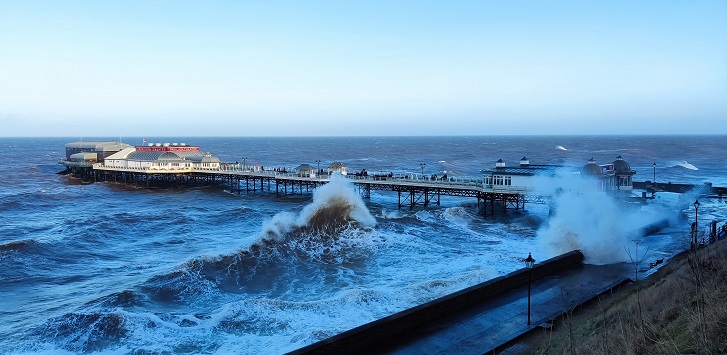- Basic
- Standard Compliant Channels
- $50
- Completely synergize resource taxing relationships via premier market
- 1 GB of space
- Support at $25/hour
- Sign Up
- Premium
- Standard Compliant Channels
- $100
- Completely synergize resource taxing relationships via premier market
- 10 GB of space
- Support at $15/hour
- Sign Up
- Platinum
- Standard Compliant Channels
- $250
- Completely synergize resource taxing relationships via premier market
- 30 GB of space
- Support at $5/hour
- Sign Up
News
Cavenham Heath CGS condition monitoring - GOOD; a contemporary letter on Cardinal Wolsey's Harwich Stone, and more in GeoSuffolk Times no. 60

A visit to Cromer yesterday provided us with a fine view of the power of the sea, with waves created by the strong winds of storm Pia battering Cromer pier and promenade.

The well-wooded Ferry Cliff shelters a fine walk with views of the River Deben and reminders at low tide of the SSSI with Palaeocene deposits which yielded early mammal fossils to a Natural History Museum excavation. Read more in GeoSuffolk Times 59.

Take a stroll along the main track though Cavenham Heath National Nature Reserve and, once you get your eye in, you can see Pleistocene river terraces of the River Lark. The photo shows a steep break of slope (running across just above centre) separating two level terraces. GeoSuffolk has given County Geodiversity Site designation to the terraces and the photo (by Andrew Fleming) is part of our recent condition monitoring.
Ipswich Museum celebrates the designation of its post-Cretaceous geology collection by the Arts Council as of national importance.

Geologists and museum people gathered at Christchurch Mansion, Ipswich yesterday for a convivial evening of celebration. Pictured are Dr Simon Jackson, Ipswich Museum Geologist, and Bob Markham of GeoSuffolk - ties were in order! Also starring were a woolly rhino skull from Weybread, a woolly mammoth tooth from Barham (held by Simon) and, in the case, a Romanian mammoth tooth from Falkenham in Suffolk.
